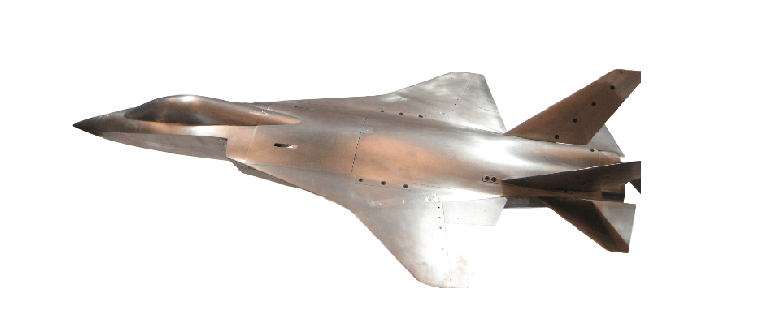Indian state-owned defence agencies have reportedly confirmed that the ambitious AMCA 5th-generation fighter jet program will involve the DRDO (Defence Research & Development Organization), the HAL (Hindustan Aeronautics Limited), and a private company.
Inside America’s Trillion Dollar Disaster – How The US’ F-35 Jets Emerged From The Ashes?
According to the Economic Times, the primary manufacturer Hindustan Aeronautics Limited is working out the exact costs and structure involved regarding the joint venture and could require approximately INR 2,500 crore investments from the selected company.
Earlier, India had collaborated with Russia on joint development of a Fifth Generation Fighter Aircraft (FGFA). However, this plan was abandoned as India was also not happy with the progress of FGFA. The UK has also invited India to develop the 6th-Gen Fighter Program called the ‘Tempest’
HAL chief R Madhavan in a statement said that the preferential model is to give the private sector a controlling stake in the joint venture and the option to take existing manufacturing infrastructure on lease to keep capital investment at a minimal.

“We will be forming a JV between DRDO, HAL and a private party. HAL will provide the infrastructure wherever possible so that the total capital cost is reduced for the private partners. Preferably, we want to keep our share below 50% so that it becomes a private entity,” the top official said.
With the new defence policies introduced by the government, efforts are being made to let go of the old model of reliance on state-held companies that was highly criticised by many analysts. The new policies aim to adopt the western model, where most defence manufacturing hubs are privately held and are provided technological and innovational support with state-owned laboratories and establishments.
HAL is likely to offer its existing facilities in Nasik to the private partners for manufacturing the AMCA in the future.
“Most likely the prototypes will be made in Bangalore and the production could take place in Nasik. We are looking around 2028 to start production and we want that the private sector gets the capacity of investing and creating a new ecosystem and HAL does not remain to be the only production partner,” the HAL supremo said, reported ET.
Currently, the DRDO and the HAL along with engineering institutes are working on several high-profile aviation projects for the Indian forces, which include the Rustom-II (TAPAS-BH), LCA Tejas Mk-1A, Tejas Mk-2 twin-engine multirole fighter, the Advanced Medium Combat Aircraft (AMCA), and the Ghatak stealth UCAV. Out of these, the AMCA and Ghatak are 5th-generation aircraft projects.
For the Indian Air Force, the AMCA is literally the most important project undertaken by the industry. With the experience gained by the LCA Tejas and (prospectively) Tejas Mk-2 projects, the Indian aircraft manufacturing is taking its first steps in the modern aviation industry.
In October 2019, the Indian Air Force chief CAS Rakesh Bhaduria said that the DRDO “must” make the AMCA project happen.
Why China’s Space Program Has ‘Outmatched’ NASA & Decades Of US Space Research & Investment?
However, the expected timeframe of the first flight of AMCA is stated to take place in 2025 or 2026, which seems a bit over-ambitious considering that the ADA (Aeronautical Development Agency) and HAL first have to work on the increased production capacity for the LCA-Tejas Mk-1 and Mk-1A, and then they have to develop and manufacture credible numbers of the Tejas Mk-2, before coming onto the fifth-generation plane.




